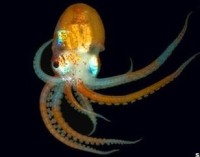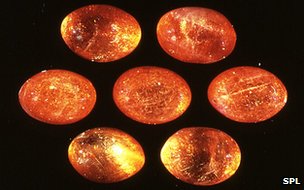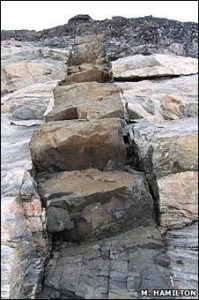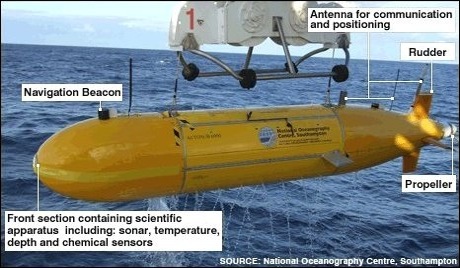Scientists are set to begin a six-week mission to explore the Indian Ocean’s underwater mountains.
Aboard the UK research vessel the RRS James Cook, the team will study animals thousands of metres below the surface.
This year a report in the journal Marine Policy found that deep sea trawling is one of the most damaging forms of fishing.
The expedition will help scientists to better understand the threats to this environment.
The mission, led by the International Union for Conservation of Nature (IUCN), is the second to visit the seamounts along the South-West Indian Ocean Ridge; the first set out in November 2009.
Seamounts are underwater mountains which rise to at least 1,000 metres above the sea floor.
Seamount communities
“Because of their interactions with underwater currents, the biodiversity that develops around them is remarkably rich,” explained Aurelie Spadone, IUCN’s marine programme officer and a member of the team.
“They attract a great diversity of species and act as a type of ‘bed and breakfast’ for deep-sea predators such as sharks, which often feed on seamount communities,” she added.
The catch of deep-sea species has increased seven-fold since the mid-1960s, as stocks of shallower waters plummet and the fishing industry took to exploiting deeper waters.
Industrial fishing at depth, which generally relies on trawling the ocean’s bottom with huge weighted nets, has a huge impact on seafloor ecosystems, say researchers.
Carl Gustaf Lundin, director of IUCN’s Global Marine and Polar Programme explained that very little was known about the species associated with seamounts.
“Many of them grow and reproduce slowly, which makes them particularly vulnerable to overexploitation,” he said.
“Deep-sea bottom fisheries, including bottom trawling, can damage seamount habitats and negatively impact fish stocks. It can also irreversibly damage cold water corals, sponges and other animals.”
Alex Rogers of the University of Oxford and chief scientist on board RRS James Cook said: “We’re hoping that this expedition will help us better understand this unique marine life and assess the threats it faces.
:: Read original here ::




 Formic acid, a molecule implicated in the origins of life, has been found at record levels on a meteorite that fell into a Canadian lake in 2000.
Formic acid, a molecule implicated in the origins of life, has been found at record levels on a meteorite that fell into a Canadian lake in 2000.

 Scientists are set to explore the world’s deepest undersea volcanoes, which lie 6km down in the Caribbean.
Scientists are set to explore the world’s deepest undersea volcanoes, which lie 6km down in the Caribbean.
